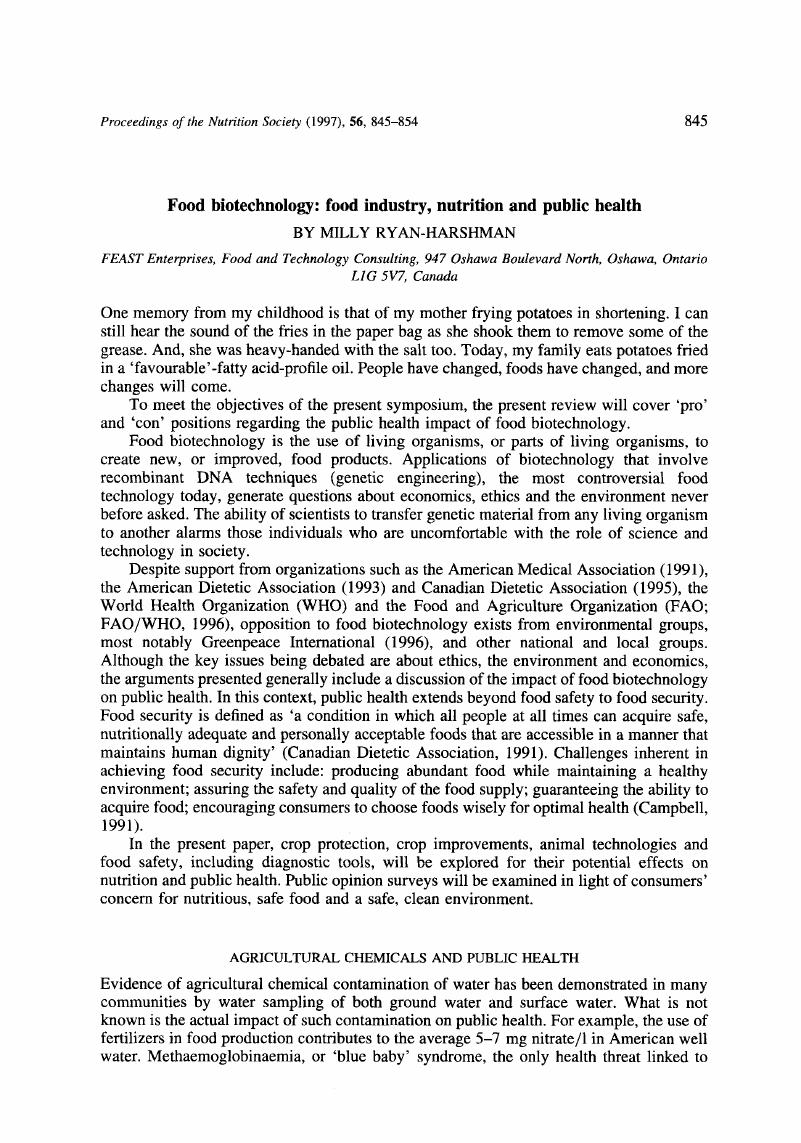Crossref Citations
This article has been cited by the following publications. This list is generated based on data provided by Crossref.
Pérez-Magariño, S.
and
González-Sanjosé, M.L.
2003.
Encyclopedia of Food Sciences and Nutrition.
p.
500.



